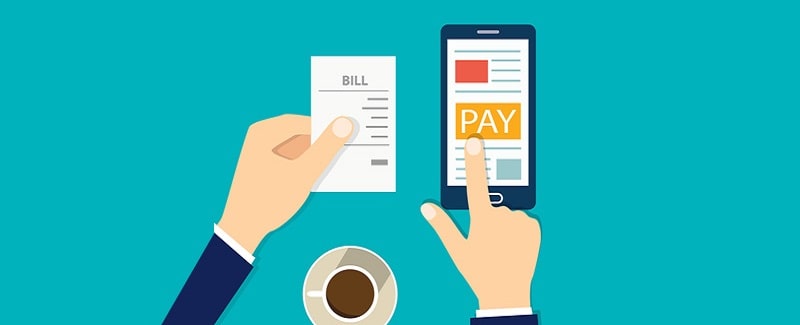How Bill Payment Exception Items Impact Electronic Routed Payments
Posted by Wayne Brown on 06 Nov 2014


Home banking bill payment continues to be on the rise, and banks continue to offer it as a free service. The service enables customers to make payments to anyone, from their utility company to their gardener, whether there is an electronic connection or not. In some instances payments are routed through the ACH network or an electronic gateway provider such as MasterCard RPPS. However, in some cases when a customer has identified a payment to be routed electronically, it can be sent as a paper check. Banks continue to work hard, when possible, to ensure the payment is routed efficiently and accurately to an electronic Receiver Bank.
But why do billers in some situations convert to paper remittance, even though they do accept payments electronically? The reason is that when the account mask is inaccurate and the payment fails the edit check, the Bill Payment Service Provider will convert that transaction to paper and route it to the biller’s lockbox. However, in this case, the paper is sent as a single check without a remittance slip to the biller’s lockbox.
According to a recent NACHA study, they assessed that this issue is costing the industry approximately $800 million dollars a year. The cost not only includes the mail expense to route the check, but since this remittance is not accompanied with customer details there is effort expensed to research the customer and ensure the payment is accurately posted. This costs banks since they must hire staff to manage such cases, especially since the customer expectation was that the payment was routed electronically, allowing just a few days to post to their account.
In April 2014, NACHA decided to address this issue and launched The Bill Payment Exception Program. (BPE) The BPE implementation recommendations for bill payment Originators and biller Receivers to automate the bill payment exception process (according to NACHA, bill payment exceptions are defined here as the biller’s inability to properly apply credit to a consumer account due to missing or incorrect information transmitted by the Originator).
With the BPE, both bill payment Originators and Receivers may opt-in to have these exception payments originated and received via a CIE transaction in the ACH using the BPE convention. The data in the BPE addenda record is designed to provide billers with additional information to help with posting. In addition, the process provides an opportunity to automate the exception process through the ACH Network (backed by the NACHA Rules) as these payments would then be received electronically through a single channel.
To provide feedback to the bill payment originators regarding missing or incorrect customer information, the process further calls for billers to then use the Notification of Change (NOC) transaction to provide the bill payment Originator with corrected information to be used in future transactions. Or, the transaction will be returned in the event the biller still cannot post the credit. Either way, the bill payment Originator will receive a response to the CIE/BPE.
This is one approach to address bill payment exception items from an industry perspective. Previously, Originators and Receivers would partner to address exceptions one at time. This was labor intensive and was not consistent. A manual process to alleviate and electronic solution, has limited benefits as well. Will the NACHA solution have a significant impact? Time will tell.
I recall the days that I increased the electronic payment connectivity at One BSP from 28% to 58% resulting in savings of $3 million dollars. With a small team, we manually cleaned up the bill payment warehouse and worked with banks and bill payment gateways to accepts new customer masks accounts. However, in time things change and when not worked regularly payments will continue to drop to paper.
This is a major thrust to move home banking forward and for that to happen it is essential that the Receiver Banks and Originators work together.
Schedule A Personalized Demo
Schedule a Free Consultation





